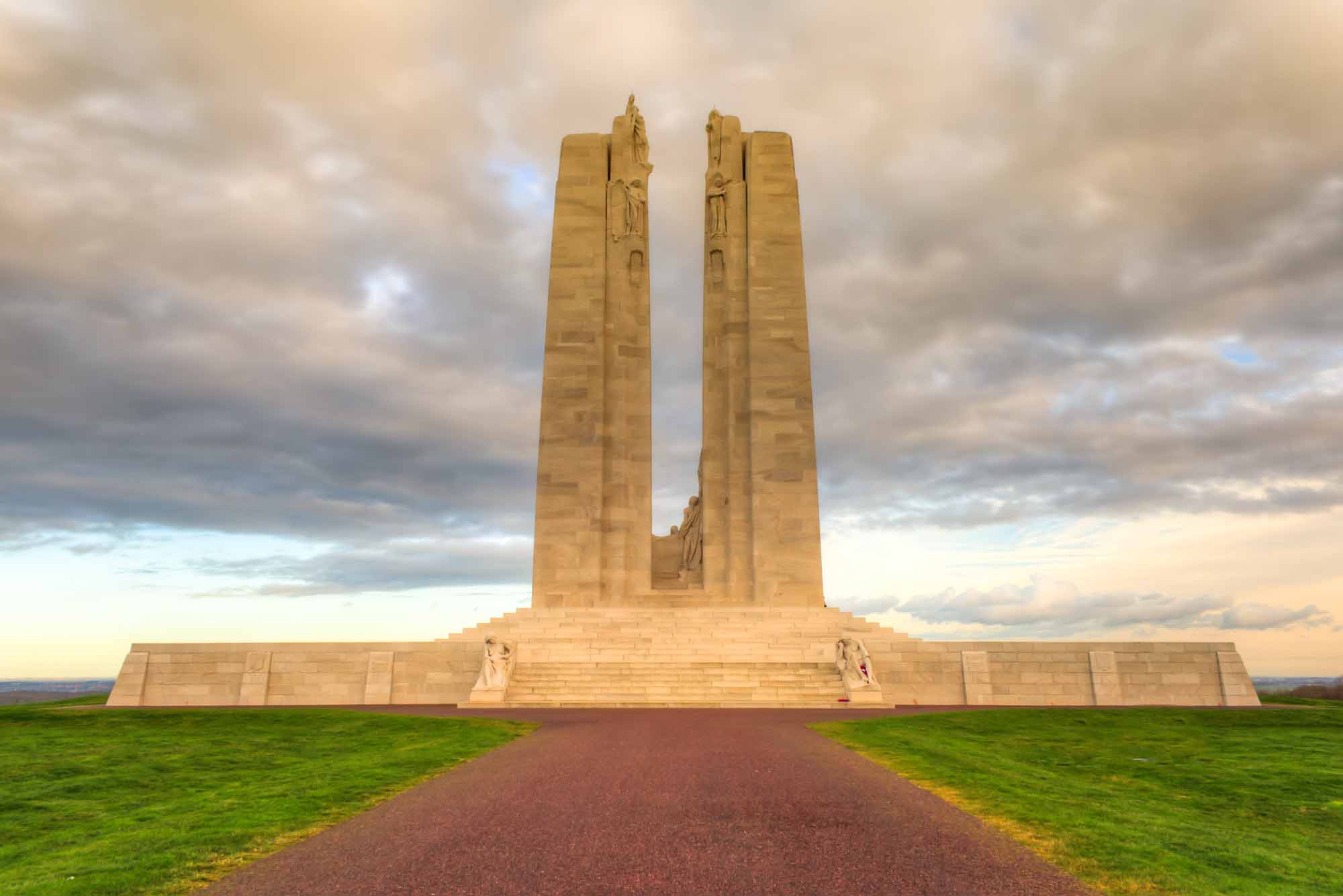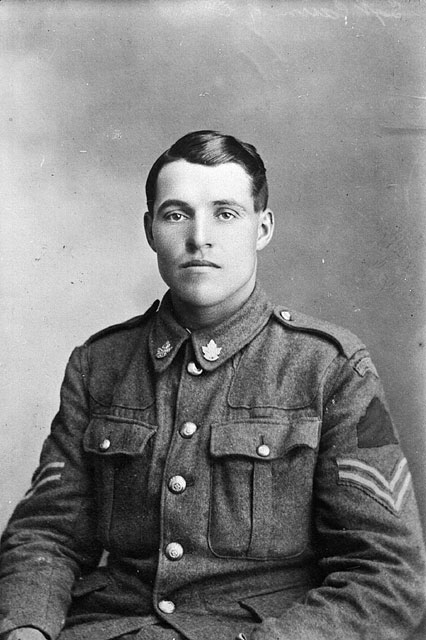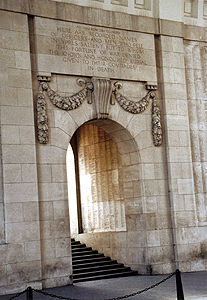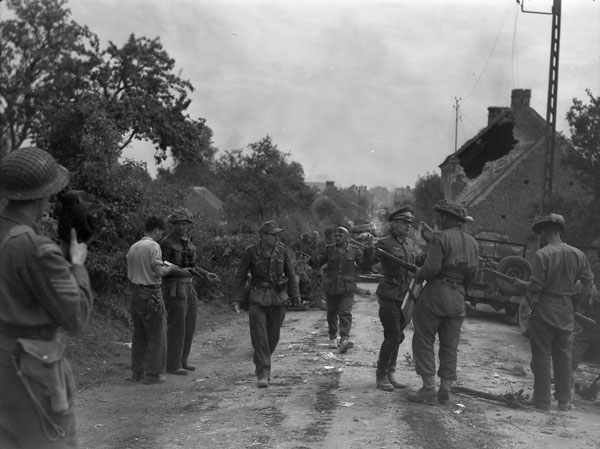
Early Life
Coulson Norman Mitchell completed his schooling in his home town of Winnipeg, and studied engineering at the University of Manitoba. After graduation in 1912, he worked as an electrical engineer and also served in an engineer militia unit.
First World War
After the outbreak of the First World War, Mitchell joined the Canadian Engineers as a sapper (private) on 10 November 1914, and later transferred to the Canadian Overseas Railway Construction Corps. He sailed to Britain in June 1915 and served briefly with his unit in Belgium from August to October.
Back in Britain, Mitchell was promoted to sergeant in November and commissioned as a lieutenant in April 1916. He was transferred to the 1st Canadian Tunnelling Company and served in Belgium in tunnelling operations, where he was awarded the Military Cross for his bravery in continuing to lay mines while cut off from his own lines. Mitchell was promoted to captain in May 1917.
In the summer of 1918, Mitchell’s unit was broken up and its soldiers sent to newly-formed divisional engineer battalions. Mitchell was posted to the 4th Battalion and went on to participate in the major battles of the Canadian Corps.
Courage near Cambrai
By early October 1918, the Allies had reached a point near the French city of Cambrai, which they planned to encircle. On the left, Canadian units were to cross the wide Canal de l’Escaut using the Pont d’Aire bridge, and then move forward to Escaudoeuvres. At midnight on the night of 8 October, Mitchell led a small party of engineers ahead of the main body to examine any bridges and prevent their demolition by the enemy if possible.
Mitchell reached the first bridge only to find it destroyed. He moved to the next bridge and cut a number of wires leading to explosives. In complete darkness, he ran over the main bridge, which was prepared for demolition. As Mitchell and his sergeant began cutting wires, the enemy attacked the bridge. Mitchell immediately ran to help a wounded sentry he had posted. He also killed three enemy soldiers, captured another 12 and held the bridgehead until reinforcements arrived. Under heavy fire, he continued to cut wires and remove demolition charges, knowing that they might be blown by the enemy at any time.
Mitchell's actions in saving this important bridge from destruction resulted in the award of the Victoria Cross.

Life Post-War
Mitchell returned to Canada in 1919, resumed his civilian engineering career and served briefly in a militia engineer unit. In 1936 he was one of thousands of Canadian pilgrims to attend the unveiling of the Canadian memorial at Vimy Ridge. While in France he returned to the bridges where he had earned his VC.

During the Second World War, he served in Britain in command of engineer units. In 1943 he returned to Canada as a lieutenant-colonel to command an engineer training centre. He left the army in 1946 and returned to his pre-war job with Power Corporation and lived in Montréal, until he retired in 1957.
Memory
Mitchell is commemorated in several locations. A lake in Manitoba, a street and a branch of the Royal Canadian Legion in Montréal, and the main building of the Canadian Forces School of Military Engineering in Canadian Forces Base Gagetown (where his Victoria Cross is also on display) have been named after him.
(See also: Canadian Great War Soldier and Evolution of Canada's Shock Troops.)

 Share on Facebook
Share on Facebook Share on X
Share on X Share by Email
Share by Email Share on Google Classroom
Share on Google Classroom


